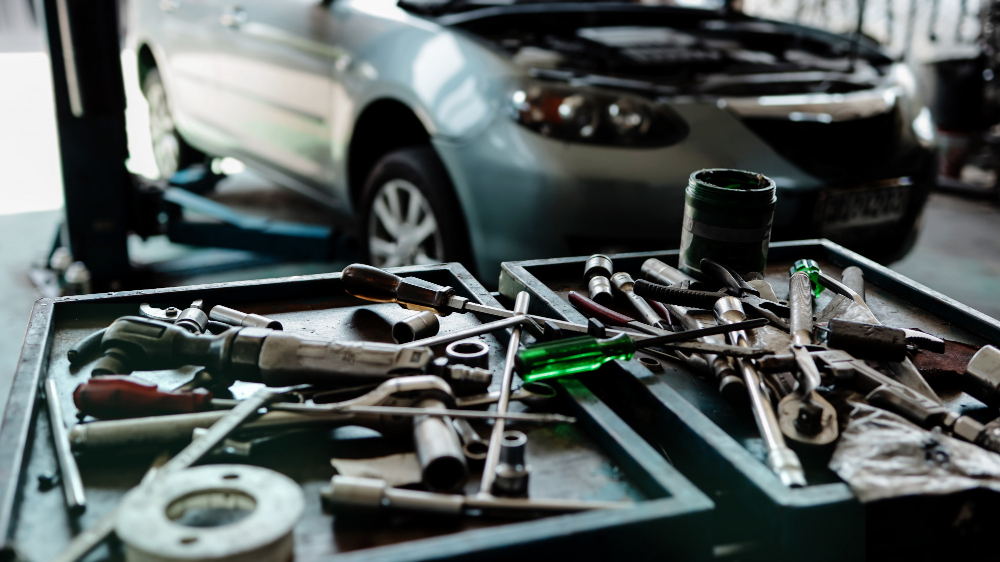
Table of Contents
In today's world, the longevity and adaptability of products play a crucial role in sustainability. The DIN EN 45554: 2020, a European standard created by the Technical Committee CEN/CLC/JTC 10, offers general methods for evaluating repair, reusability and upgradability of energy -related products (ERPs). This guide outlines the processes for evaluating these indices.
Understanding of DIN EN 45554: 2020
DIN EN 45554: 2020 is part of a series of standards (45550-45559), which treats various aspects of material efficiency for ecodesign energy-drawn products. These standards aim to extend the lifespan of products, to improve the reusability of components and to increase the use of recycled materials. This specific document offers a framework for evaluating the ability of a product to be repaired, reused and upgraded.
Scope and structure
The standard outlines generic criteria and methods for evaluating the potential for repair, reuse or upgrade of product parts. Important sections include:
1.Identification of the parts to be assessed:Prioritization of parts based on their probability of default, their reusable potential or their need for upgrades.
2.Product -related criteria:Evaluation of factors that are directly connected to the design and functionality of the product.
3.Support-related criteria:Evaluation of external support from manufacturers, such as availability of spare parts and repair information.
Steps to calculate the indices
1. Identification of priority parts
The evaluation of repairability, reusability and upgrade begins with the identification of priority parts that must be repaired or upgraded most likely. This includes the consultation of various sources such as manufacturer data, repair organizations and consumer feedback.
2. Definition of criteria and categories
Each part is assessed in three main categories based on specific criteria:
• Repair:Factors such as dismantling depth, type of fastenings, required tools and qualification level.
• Reusability:Similar to repairability, with an additional focus on the ability to transfer or delete personal data.
• upgrading:Contains aspects such as compatibility with improved parts and simplicity of software or firmware updates.
3. Assignment of reviews
Each criterion is assessed based on a predefined system. For example:
• Disassembly depth:Number of steps required to achieve a part, with fewer steps showing a higher repair.
• Tools:Classifies according to complexity, from simple tools (e.g. screwdriver) to proprietary tools.
• Qualification level:Ranges from tasks that a layperson can perform, to those that require specific manufacturing expertise.
4. Agregation of the reviews
The ratings for each criterion are aggregated to form a total index for repairability, reusability and upgradability. This aggregation takes into account the importance of each criterion and normalizes the reviews in order to enable a comprehensive assessment.
Example of a rating system
Fastios and connections:
• Class A: reusable
• Class B: removable, but not reusable
• Class C: Neither removable nor reusable
Tools:
• Class A: Basic tools
• Class B: Product -specific tools
• Class C: Other commercially available tools
• Class D: Proprietary tools
• Class E: No existing tools
Qualification level:
• Class A: Laie
• Class B: Generalist
• Class C: Expert
• Class D: From the manufacturer of authorized expert
Documentation and reporting
The evaluation results must be documented comprehensively, the scope, the input data, the methods used and the final ratings are described in detail. This ensures transparency and enables the check and comparison of various product reviews.
For more detailed information, visit theDIN website.
How can COMPLYMARKET help you to calculate the repair, reusability and upgrade indices of your products?
We have developed a state -of -the -art technology that uses artificial intelligence to simulate complex mathematical equations, which means that we can calculate the durability in just a few minutes and according to the requirements of EN 45552: 2020. Simply enter as much information as possible and our tool calculates the reliability value of your product.
Contact us now for a demo.
